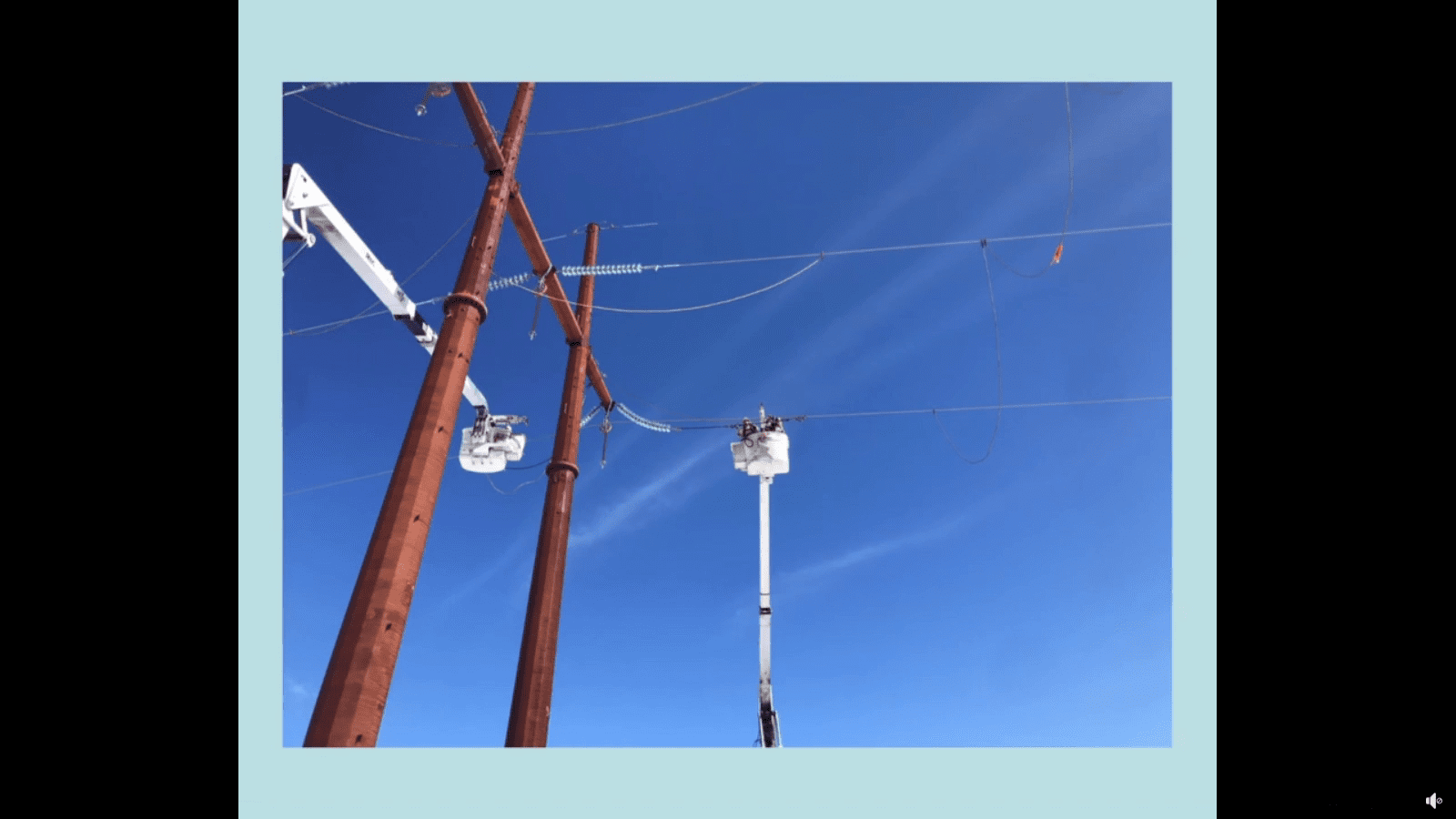Rural energy cooperatives in the running for funding for clean energy projects
[anvplayer video=”5193816″ station=”998130″]
In May, USDA made $9.7 billion available under the New ERA program for member-owned rural electric cooperatives to help rural Americans benefit from clean, affordable and reliable energy.
Rural electric cooperatives are the backbone of America’s power delivery, and this funding represents the largest increase in investment in rural America’s electric system since President Franklin Delano Roosevelt signed the Rural Electrification Act into law in 1936.
On Sept. 15, the window closed for letters of interest. USDA received 157 proposals from nearly every state and Puerto Rico for more than 750 high-quality clean energy projects in rural communities.
Great River Energy is one of them. They submitted a proposal, which also includes Lake Country Power.

(Great River Energy)
The overwhelming response from rural electric cooperatives totaled more than two times the $9.7 billion in grant and loan funding that Congress made available for this program. These 157 proposals from rural electric cooperatives seek to:
• Serve the most in need and provide relief to rural Americans: Over 50% of letters of interests submitted indicate they will serve distressed, disadvantaged, energy or Tribal communities. If selected for funding, one applicant said it expects its proposed clean energy investments to save each household in its service area $700 per year.
• Create new investment in rural communities: The level of all submitted proposals, including leveraged private investments represents approximately $93 billion in public and private investments in rural America.
• Invest in cleaner air and a more stable climate: Taken together, the submitted proposals total 127 million tons of greenhouse gas emissions that could be reduced and avoided. This is equivalent to 24 million homes’ electricity use in one year, or 2 billion trees grown for 10 years, or removing nearly 24 million cars from the road for a year.